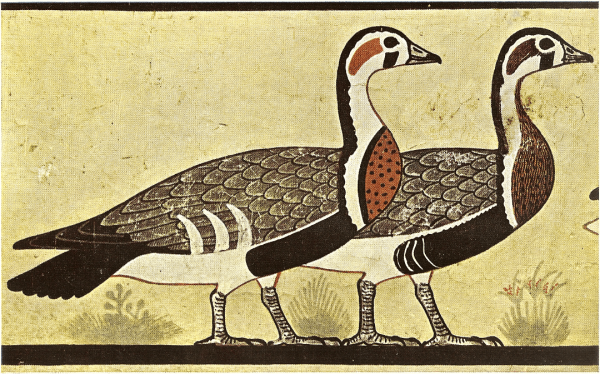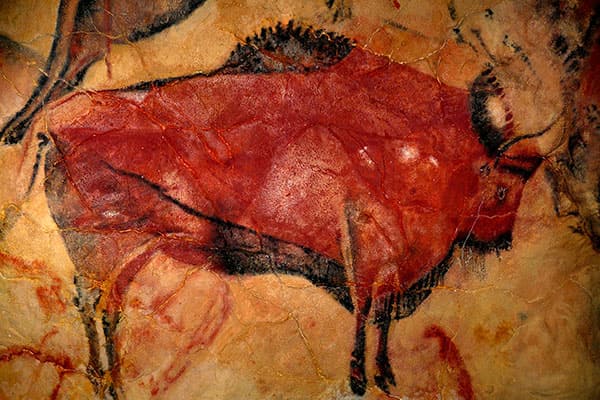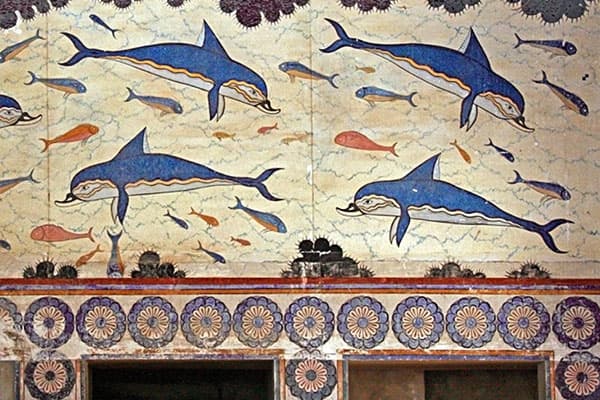The gooses of Meidum · Egypt
2,575 – 2,467 b.C. – Wall painting – Egyptian Museum, Cairo
Dating from the beginnings of the IV dynasty (2575 to 2467 b.C.), the wall paintings from the mastaba of Nefermaat and his wife Atet (Itet) in Meidum (100 kilometers south of modern Cairo) are one of the most outstanding masterpieces of Ancient Egyptian Art.
Of all the paintings, which lamentably have been seriously damaged, the most famous is the “Fresco of the Gooses”, found at the tomb of Atet. A prodigious of naturalism, the work depicts three pairs of chenalopex (Nile goose) in different positions. The exactitude and precision of each one of the gooses, contrasting with the somewhat sketchy vegetals, demonstrates the deep knowledge -and fascination- that ancient Egyptians had of the natural world. We also have to highlight the variety of pigments used, which includes malachite, azurite and oxide of iron.
Text: G. Fernández, theartwolf.com
Follow us on:




